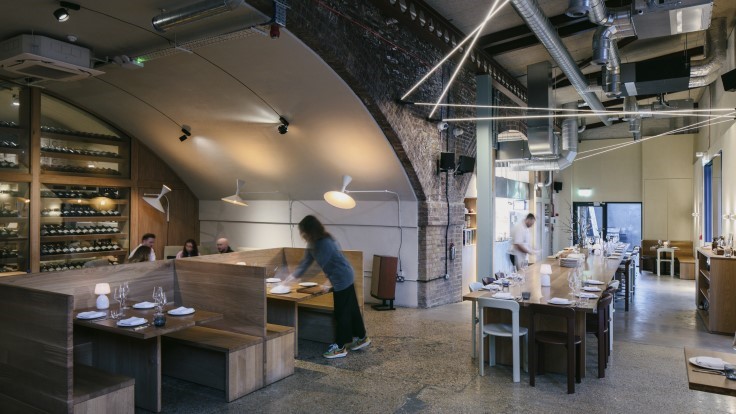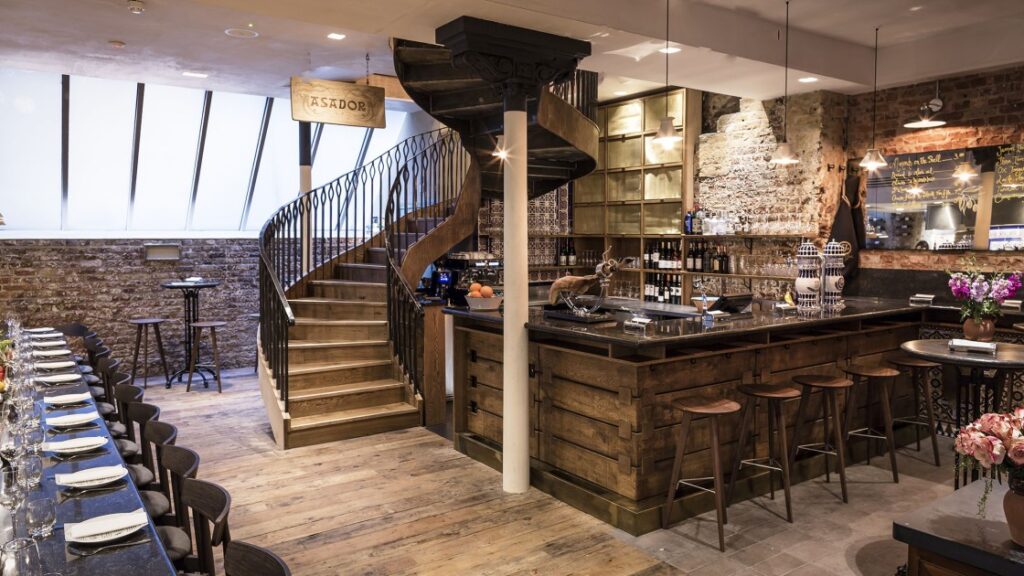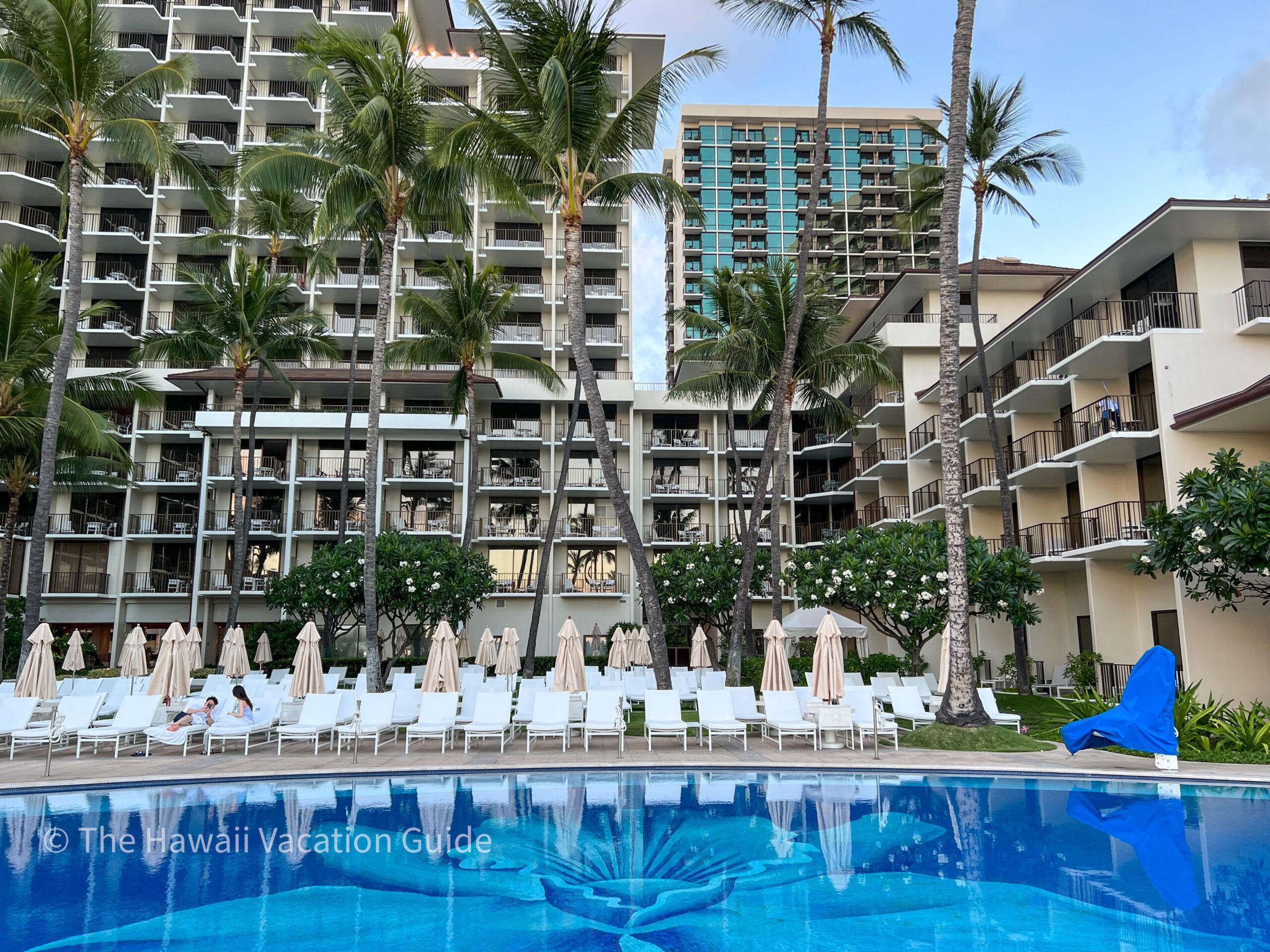As Michelin Inspectors who often dine together, we understand the joys of shared meals. Yet, we also appreciate the unique pleasure of solo dining. In recent years, dining alone has become a growing trend worldwide. Whether you’re a solo traveler, a local explorer, or a business professional on the move, enjoying a fine meal is an essential part of your journey. It’s a chance to savor a city’s flavors and its cultural tapestry.
Gone are the days when solitary diners hid in their hotel rooms, ordering room service. Nowadays, they seek local restaurants to immerse themselves in their destination’s culinary identity. This article is a guide for solo diners, sharing tips from Michelin Inspectors who value the experience of dining alone.
Getting a Reservation:

One of the initial challenges of solo dining can be securing a reservation. Some online booking platforms don’t cater to single diners, but fear not. Sending an email with flexible date and time preferences can make you an attractive prospect for restaurant owners, especially in an era where the no-show epidemic plagues the industry.
Alternatively, take the old-school approach and pick up the phone. You’d be surprised how often restaurants can accommodate you, despite automated systems suggesting otherwise. Engage with the person on the other end, express your enthusiasm for their establishment, and they might find a way to fit you in. If it’s not possible at the moment, consider a follow-up call to check for cancellations, but avoid excessive calling; you don’t want them to consider a restraining order.
If you live or work nearby, drop by in person. Building a rapport face-to-face can be easier, especially at small neighborhood eateries. The staff is likely to remember you, and you might become a regular.
Last-minute bookings can be challenging for all diners. When planning a solo trip, book well in advance. Join waiting lists or find out when new bookings open up, and be ready to make quick decisions, as there are no companions to consult; it’s just you and the reservation calendar.
At the Restaurant:

While there are times when dining alone presents disadvantages, such as platters and sharing menus, there are also advantages. Many restaurants have counters with an odd number of diners and an even number of seats, making a solo diner a valuable addition. On occasions like Valentine’s Day or special celebrations, patience may be required, as restaurants often cater to couples and groups. Remember that restaurants are businesses, so consider the timing of your reservation.
Before booking, research the restaurant. Not all places are equally enjoyable for solo diners. A restaurant filled with large tables might not provide the best experience. Some places encourage socializing with communal tables or a dinner party-style setup.
At the Restaurant:
Experienced service teams usually seat solo diners facing into the room, as dining alone is more enjoyable when you can observe your surroundings. If you’re placed in the middle of the room, don’t hesitate to request a different spot for a more comfortable experience.
Dining alone can be compared to driving alone. The first time may feel a bit daunting, but it becomes more comfortable with practice. After a while, you may even relish the independence and solitude. Bring something to read if you’re uncertain or just in case, though you may find that you don’t need it. It can serve as a useful prop, especially for first-timers.
Dining alone can be an opportunity for introspection and self-enjoyment. It’s a chance to be in the moment, so leave your phone in your pocket and savor the experience. You never know; the restaurant might even mistake you for a Michelin Inspector.
Solo dining is a chance to experience a destination’s culinary treasures at your own pace. It’s an adventure, a moment of self-indulgence, and a journey into the heart of a city’s flavors. So, the next time you embark on a solo culinary adventure, remember these tips and enjoy your meal with the world as your dining companion. Bon appétit!








